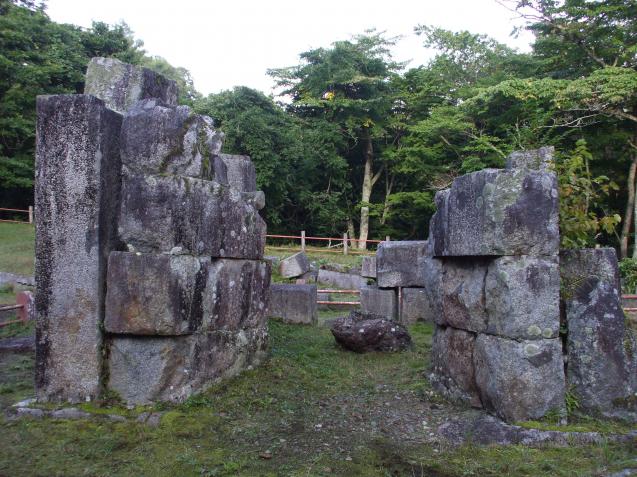
According to UNESCO's website, the site testifies the successful transfer of Western Industrialization to a non-Western nation. From the middle of the nineteenth century to the early twentieth century, Japan was in the rapid industrialization, supported by the key industrial sectors such as shipbuilding, iron and steel, and coal mining.
If the specific sites can speak, it can tell us how Japan has achieved its technological superpower from its humble beginnings-- from trial and error experimentation aided by Western textbooks, followed by the importation of Western technology, until the full-blown industrialization where the Japanese were able to actively adapt the Western technology suited to their needs.
The Sites of Industrial Meiji Industrial Revolution: Iron and Steel, Shipbuilding, and Coal Mining, scattered in eight prefectures in Japan, was designated as UNESCO World Heritage Site on July 5, 2015.
Things to see
Sites of Japan's Meiji Industrial Revolution: Iron Steel, Shipbuilding and Coal Mining (the Component Parts in Kamaishi, Iwate Prefecture):
-Hashino Iron Mining and Smelting Site
Visit the remains of Hashino Iron Mining and Smelting Site, the pioneer in commercial Japanese ironworks, and the largest blast furnace in Japan. Iron and steel industry has contributed to their successful industrialization and adaptation of technology.
The Hashino Blast Furnace is located in the remote mountains between central Kamaishi and neighboring Tono along route 35. There is no access to public transportation, thus, rental car is needed to arrive at the site.
The ruins of Hashino Blast Furnace is open daily. Admission is free.
Submit Itinerary
Signup
- Sign Up
- Already a member? Login Now!
